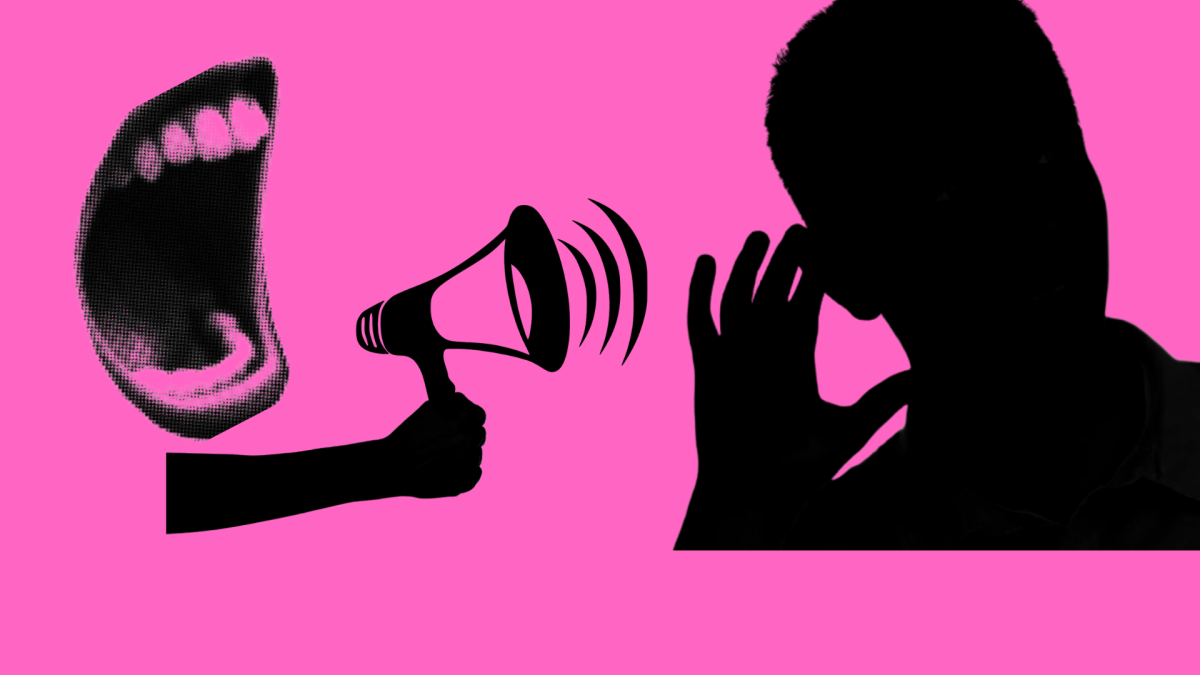
Swag. It’s the word echoing off walls, muttered in classrooms, and used to praise; but who came up with it?
The one and only William Shakespeare. It is also true that more than 3,000 of these words were added through classical times and novels. Many ideas, movies, songs and clothing came from history and blended their way into modern times.
This generation of students does not like the idea of reading classic novels, especially in a classroom where they get the stereotypical impression of BORING. Curious students go up to teachers and get the usual SAT vocabulary . . . critical thinking . . . enjoy literature, which is amazing but unappealing.
The hardest part of reading a classic (for a student) may be the diction – the language or style of writing. It’s like deciphering hieroglyphics only you don’t know how. The best thing to do is ignore the doth and mov’d and let your imagination wander. It would be easier reading modern classics but you wouldn’t get the same experience or the history.
Being familiar with the history allows a better understanding of what you’re reading and what you can learn about it. But that’s not all, many of the books we read today wouldn’t make as much sense to us if we hadn’t been keeping up with our classics. Famous books such the Harry Potter series, Twilight, The Hunger Games, Warm Bodies, and Beautiful Creatures are all based on classic literature. The ideas have been indirectly inserted and used.
Reading classics should be more than a book to read in class and notes to study for the test. Interpret it however you want, but remember the tree won’t grow if the seed hasn’t yet been planted. Read the books, find the connections, and maybe add a little color to our black and white world.






